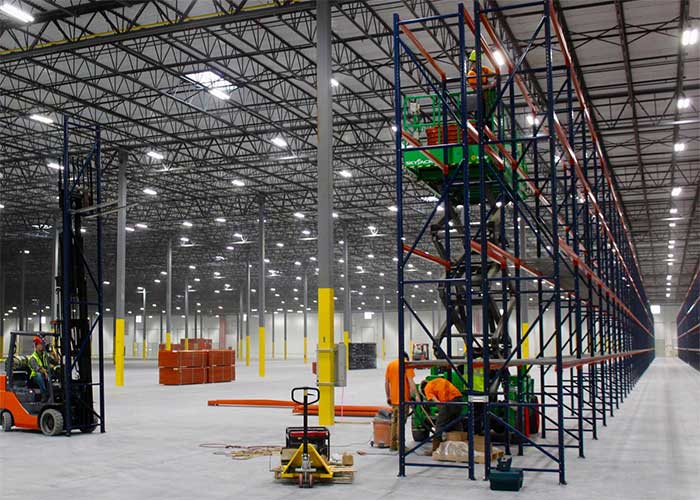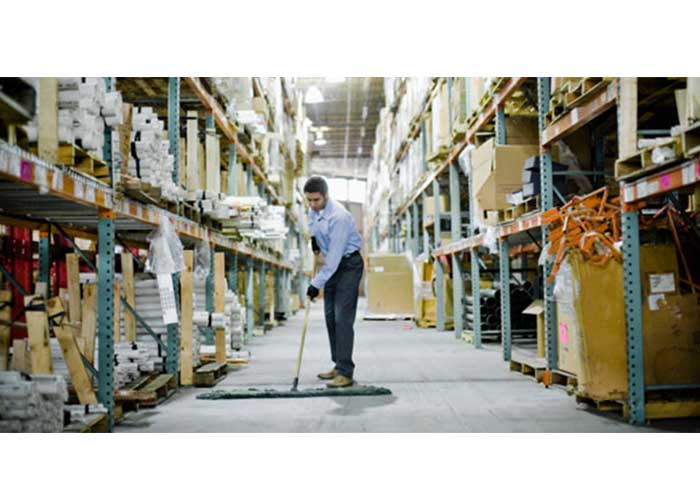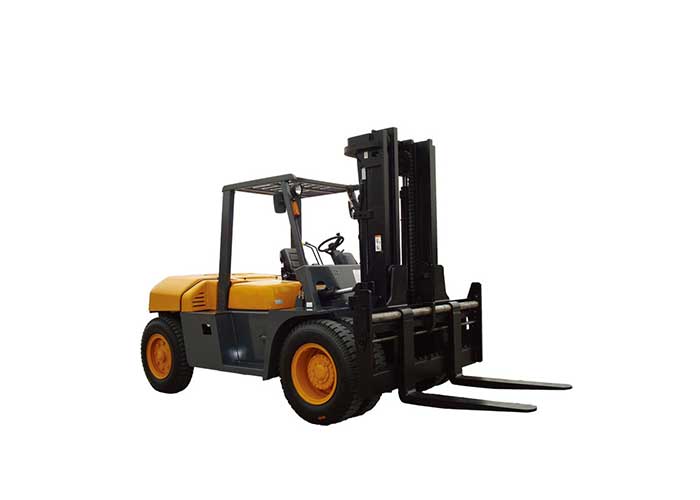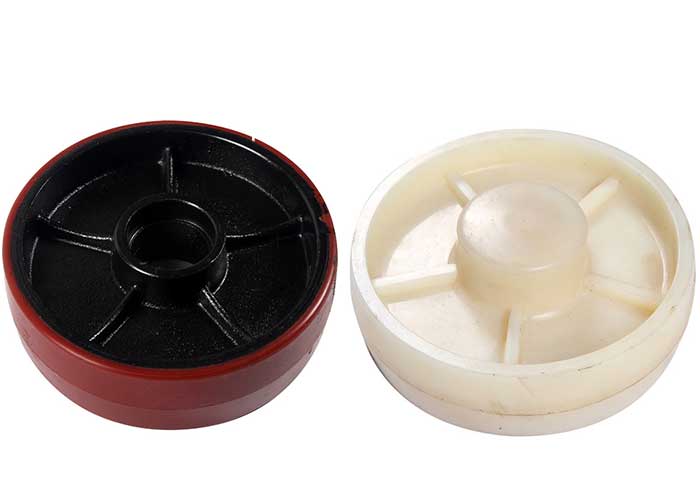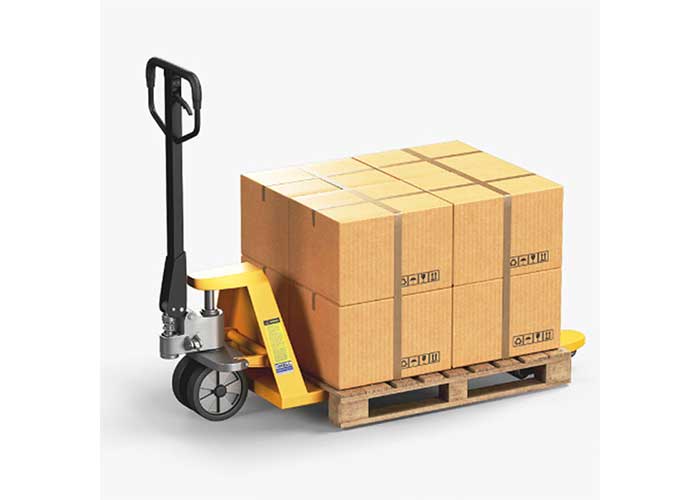-
 E-mail:
[email protected]
E-mail:
[email protected]
-
 Wechat: +8613959222269
Wechat: +8613959222269
-
Time:3/3/2020
-
Time:3/2/2020
-
Time:2/28/2020
-
Time:2/28/2020
-
Time:2/27/2020

- CONTACT US
- Wechat: +8613959222269
- [email protected]
Products News
Why Safety Is The Key When You Purchasing A Forklift
 Time:10/15/2019
Time:10/15/2019 768
768Share:
As an operations manager or business owner, you have some difficult decisions to make every time you add a new forklift to your fleet via rental or purchase. Your first step is most likely to balance the cost against value. You look for a truck that can get the job done at a price that doesn’t break your budget, and you try to find a truck with the durability and versatility that bring high returns on your investment. But if these numbers are the only ones you evaluate before making your decision, consider adjusting your methods and making safety your top priority.
The best lift truck is a safe lift truck. If your truck can prevent harm to the operator and others in the workplace, you can be assured that your purchasing decisions are on the right track. Here are some of the key safety features you’ll need to keep in mind as you move forward.
Standards and Derated Capacities
All forklifts must conform to the design and manufacturing standards put forth by the American Society of Mechanical Engineers and the American National Standards Institute. The majority of lift trucks on the marketplace that are designed to meet the B56.1 standard can lift loads up to specified capacities and to specified heights. When the height is increased, or the load capacity compromised by the addition of attachments, the specifications should be derated.
Operator Safety Features
A safe lift truck is one that protects the operator from two kinds of injury: sudden injury due to impact or accidents, and long-term injury due to poorly designed seats or controls that can lead to stress and physical strain. Depending on the nature of your workplace and the responsibilities of your operators, these requirements may vary. Operators who spend an entire shift in the cab will have different needs than those who move in and out of the cab for minutes at a time. But in all cases, lift trucks should include safety restraints, roll bars, ergonomic seat design, and mast stability features.
Signaling and Traffic Control
Lift trucks moving across a busy shop floor or active workplace will require a complete set of hazard warnings and traffic signaling capabilities. Both visual and auditory warnings should take place when trucks approach, back up, change direction, or manipulate potentially dangerous loads.
The best lift truck is a safe lift truck. If your truck can prevent harm to the operator and others in the workplace, you can be assured that your purchasing decisions are on the right track. Here are some of the key safety features you’ll need to keep in mind as you move forward.
Standards and Derated Capacities
All forklifts must conform to the design and manufacturing standards put forth by the American Society of Mechanical Engineers and the American National Standards Institute. The majority of lift trucks on the marketplace that are designed to meet the B56.1 standard can lift loads up to specified capacities and to specified heights. When the height is increased, or the load capacity compromised by the addition of attachments, the specifications should be derated.
Operator Safety Features
A safe lift truck is one that protects the operator from two kinds of injury: sudden injury due to impact or accidents, and long-term injury due to poorly designed seats or controls that can lead to stress and physical strain. Depending on the nature of your workplace and the responsibilities of your operators, these requirements may vary. Operators who spend an entire shift in the cab will have different needs than those who move in and out of the cab for minutes at a time. But in all cases, lift trucks should include safety restraints, roll bars, ergonomic seat design, and mast stability features.
Signaling and Traffic Control
Lift trucks moving across a busy shop floor or active workplace will require a complete set of hazard warnings and traffic signaling capabilities. Both visual and auditory warnings should take place when trucks approach, back up, change direction, or manipulate potentially dangerous loads.














